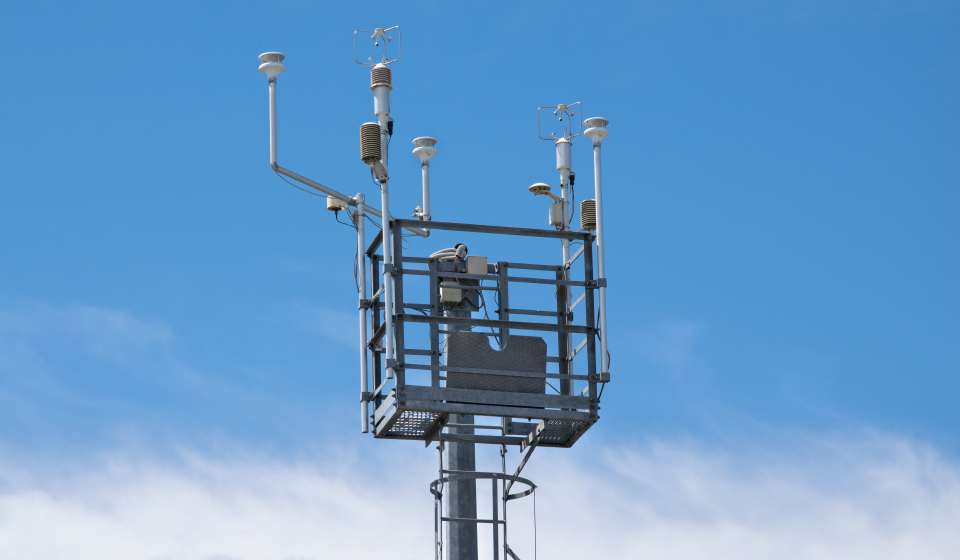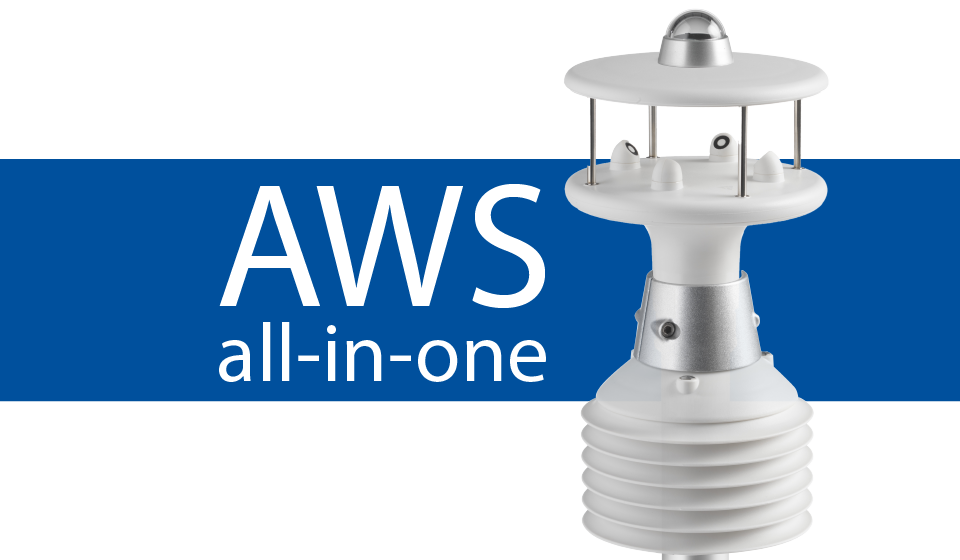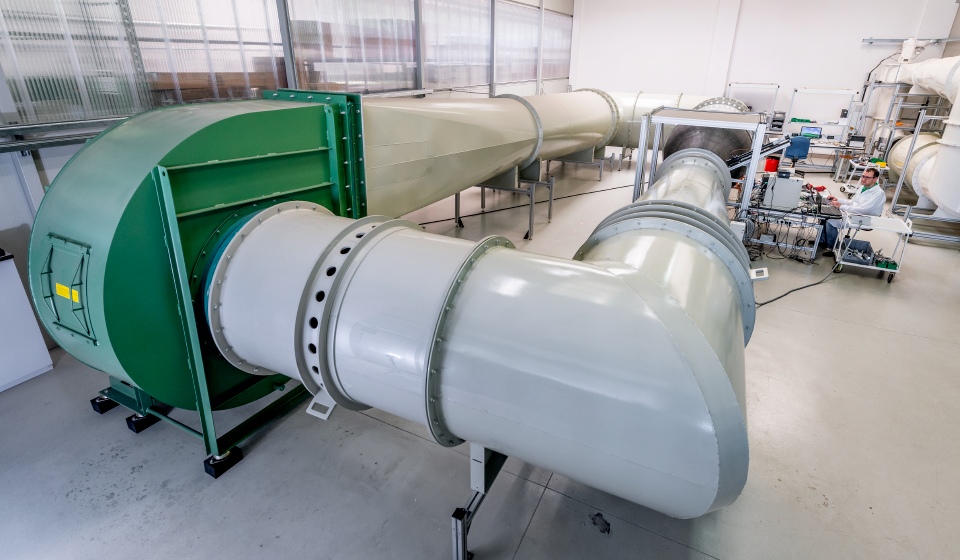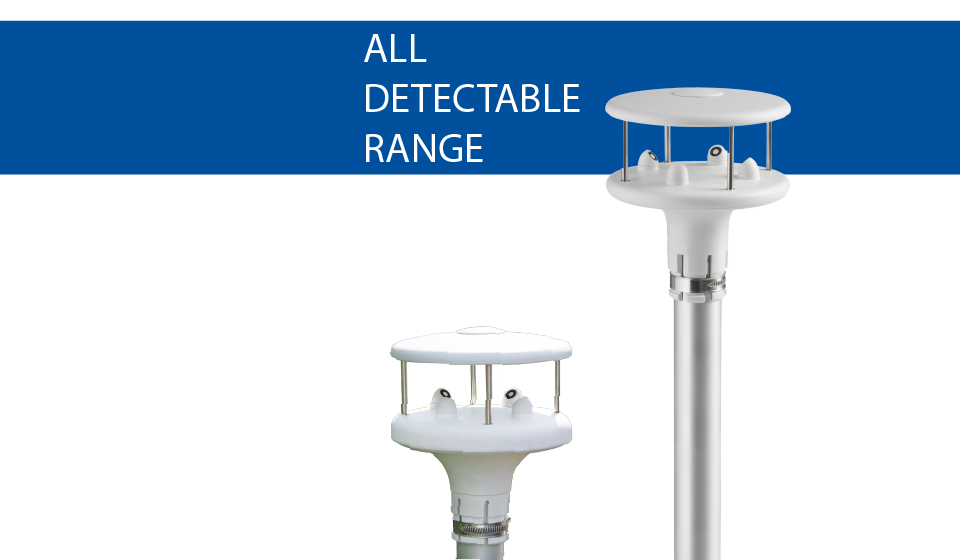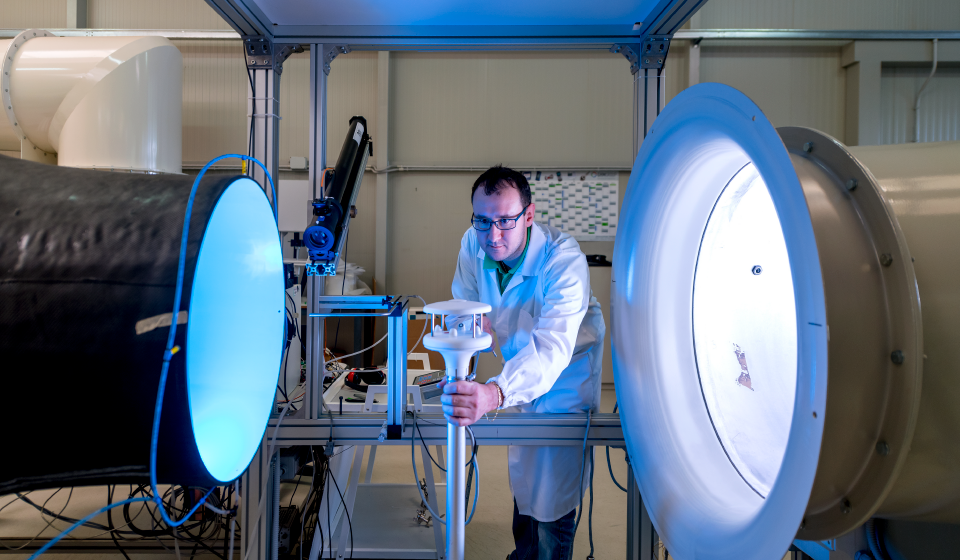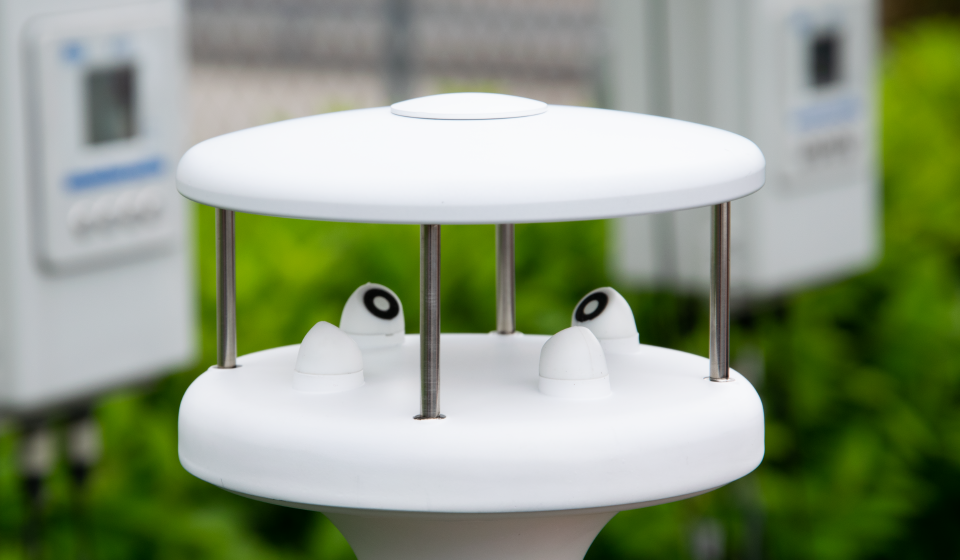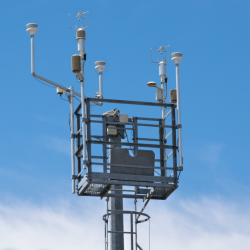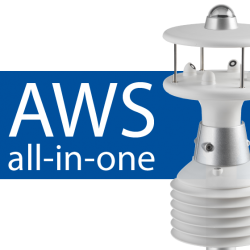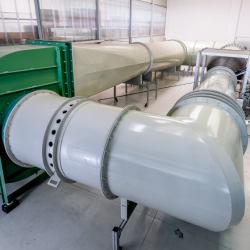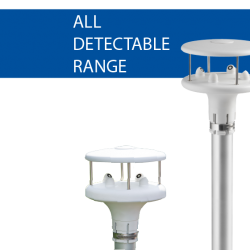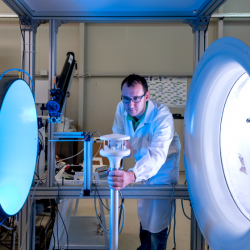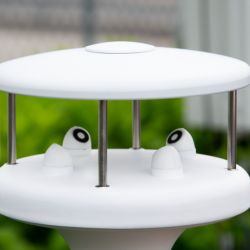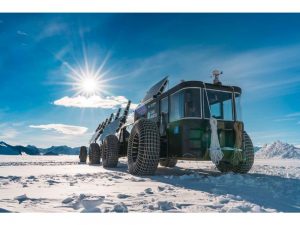2-axes ultrasonic anemometer series – from very low to very high wind speeds, Senseca now covers the complete range
It can be just a breeze or a typhoon…
Measurements of wind speed and wind direction have become of very high importance in many fields. Automatic Weather Stations (AWS) are probably where we are used to see anemometers in action but it is definitely not the only application for windmeasurement. Let’s think for example about a profitable wind farm. This can only be designed once measurements have been done, data has been collected and when the results confirm the feasibility of the windfarm project. Also think of accurately knowing wind gust, windspeed and winddirection when it comes to a windmeasuring on a port, a harbor or an off-shore application.
We could extend the list of examples to wind measurements in agriculture applications, airports, railways, constructions and crane safety, building automation, HVAC and so on. Each field that needs to gather accurate wind measurement data, needs as well the most suitable instrument for it. The Senseca ultrasonic anemometers series is now able to cover any need.
HD53LS is the latest addition to the 2-axis ultrasonic anemometer family: thanks to the high sensitivity, it can detect very low speeds, which are usually not detectable by traditional methods.
As well as in the other 2D ultrasonic anemometers in this range, HD51.3D and HD52.3D, ultrasound eliminates the use of moving parts which means that the ultrasonic anemometers can be installed without the need for extensive maintenance. This is an important development given to the fact that anemometers are often located in remote locations such as off-shore wind turbines. Furthermore, the low power of the instrument allows installation in remote site, e.g. powered by solar panels.
All our ultrasonic anemometers are available with multiple output possibilities that allow instrument networking.
All Senseca anemometers are factory calibrated. Both our wind tunnels are Göttinger-Type, in order to assure the best metrological performance (stability, uniformity). Each Tunnel has LDA (Laser Doppler anemometer) in order to assure the best reference standard available. Our Air Speed Laboratory is part to the entire Senseca ISO 17025 Calibration Centre, regularly examined by Accredia, the National Accreditation Body which guarantees that its technical competence standards are maintained. Accredia is signatory to the ILAC – International Laboratory Accreditation Cooperation and to the International Mutual Recognition Agreements (MRA).
Download here an overview of all our 2-axes anemometer

